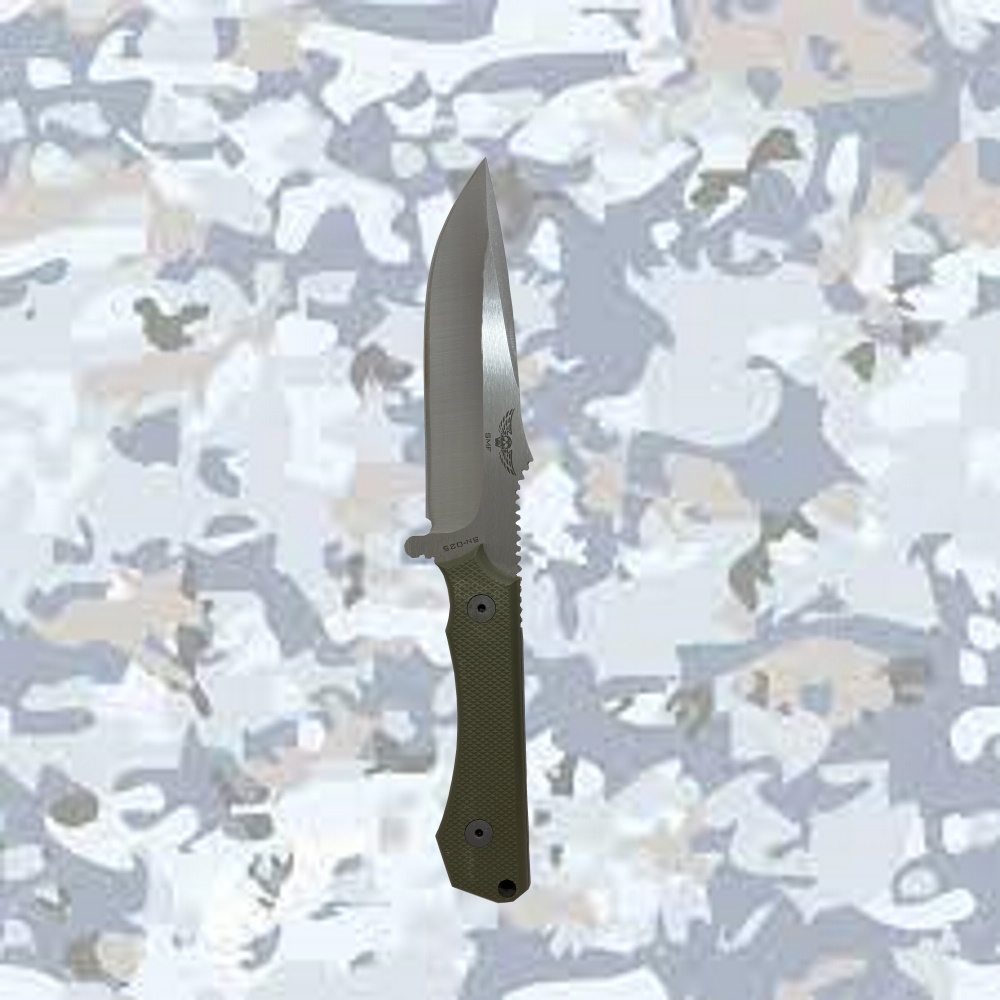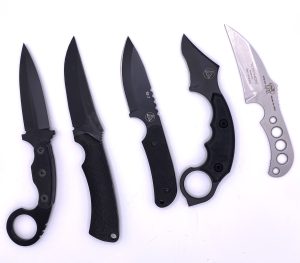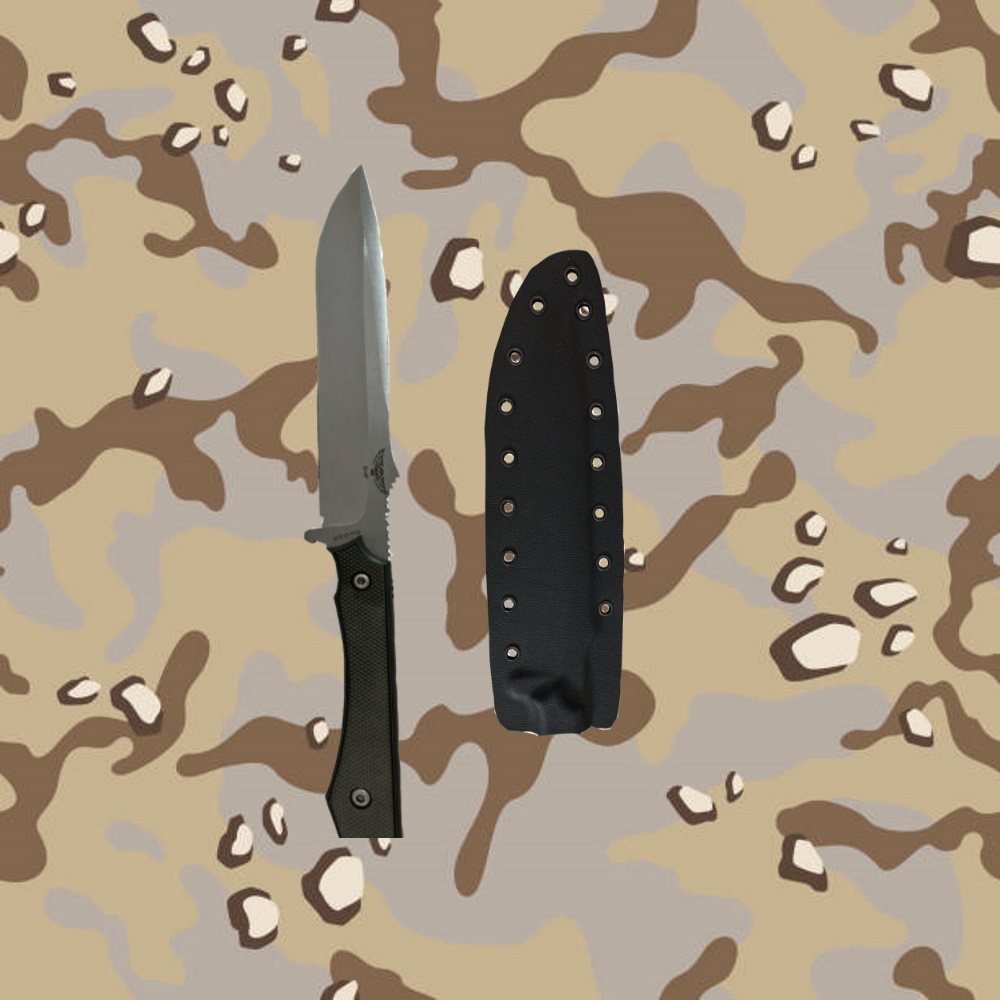
Close-quarters fighting, often referred to as CQB (Close Quarters Battle) or CQC (Close Quarters Combat), may involve the use of specialized knives designed for self-defense and combat situations. These knives are typically characterized by certain features that make them suitable for close-quarters engagements.
Tactical folding knives are versatile and easy to carry. They often feature assisted opening mechanisms for quick deployment. Look for models with a sturdy locking system and a design that allows for one-handed operation.
Fixed blade knives are known for their strength and durability. Combat knives designed for close-quarters fighting may have a double-edged blade, a spear point, or a clip point for effective thrusting and slashing.

The karambit is a distinctively curved knife with a ring on the handle, which allows for a secure grip. Its design makes it well-suited for close-quarters combat, with the curved blade facilitating both cutting and trapping techniques.
Also known as a punch dagger or punch knife, the push dagger features a T-shaped handle with a short, double-edged blade extending from it. This design allows for a secure grip and efficient thrusting motions.
Neck knives are compact and often worn around the neck on a chain or lanyard. They are designed for quick access and can be easily concealed. The blade may be double-edged or single-edged, depending on the model.
Tanto blades have a high point with a flat grind, making them suitable for thrusting and stabbing. They are known for their strength and are often used in tactical and combat knife designs.
Boot knives are designed to be carried discreetly in a sheath attached to the wearer’s boot or leg. They are compact and easily accessible, making them suitable for close-quarters situations.
When training for close-quarters combat, using a training knife made of rubber or plastic can be essential for safety. These allow practitioners to practice techniques without the risk of injury.
It’s crucial to emphasize that using a knife for self-defense requires training and a clear understanding of legal considerations. Additionally, non-lethal self-defense options and techniques should also be considered. Before choosing any knife for self-defense, check and comply with local laws and regulations governing the carrying and use of such tools. Always prioritize safety and responsible use.
